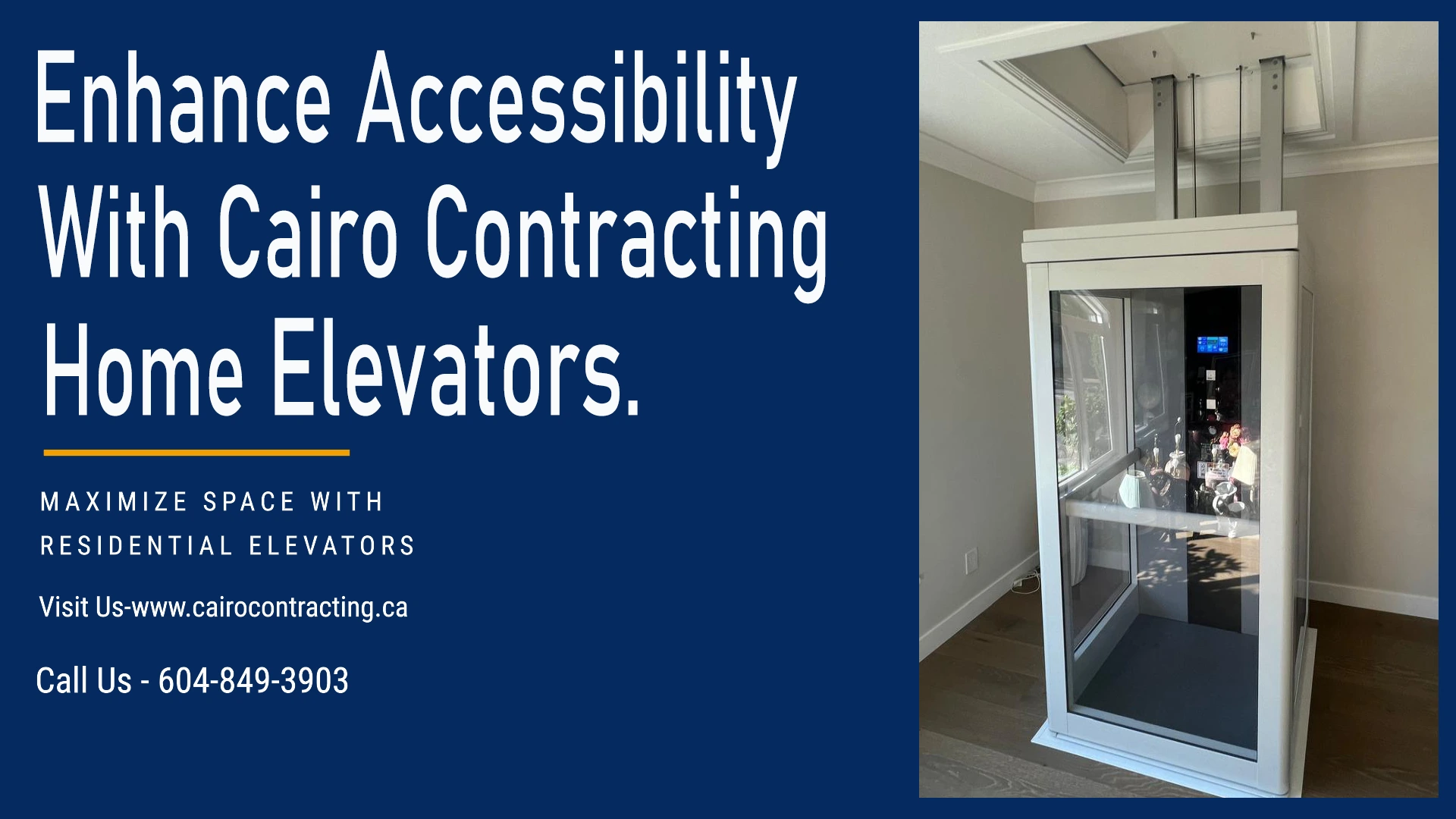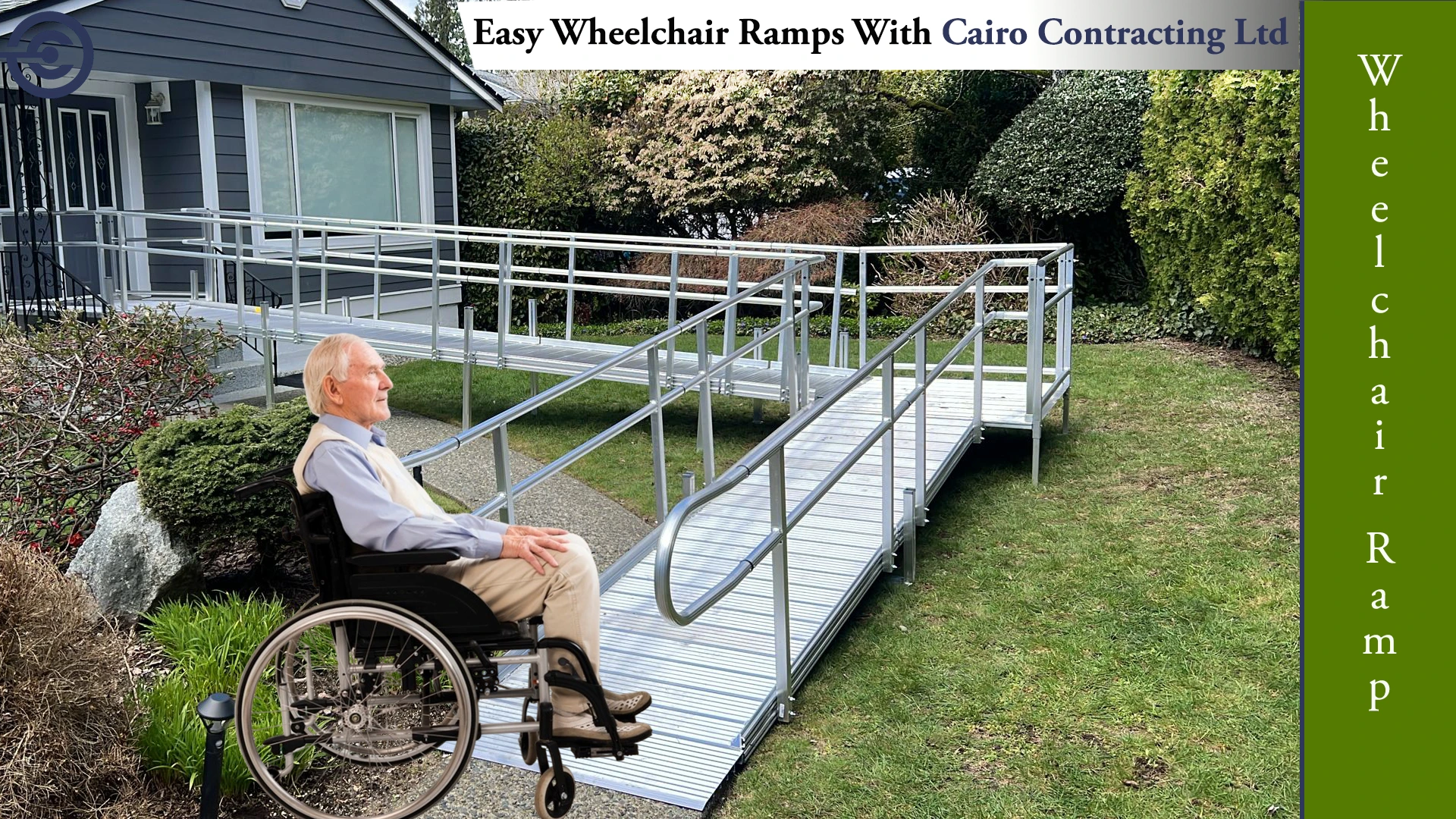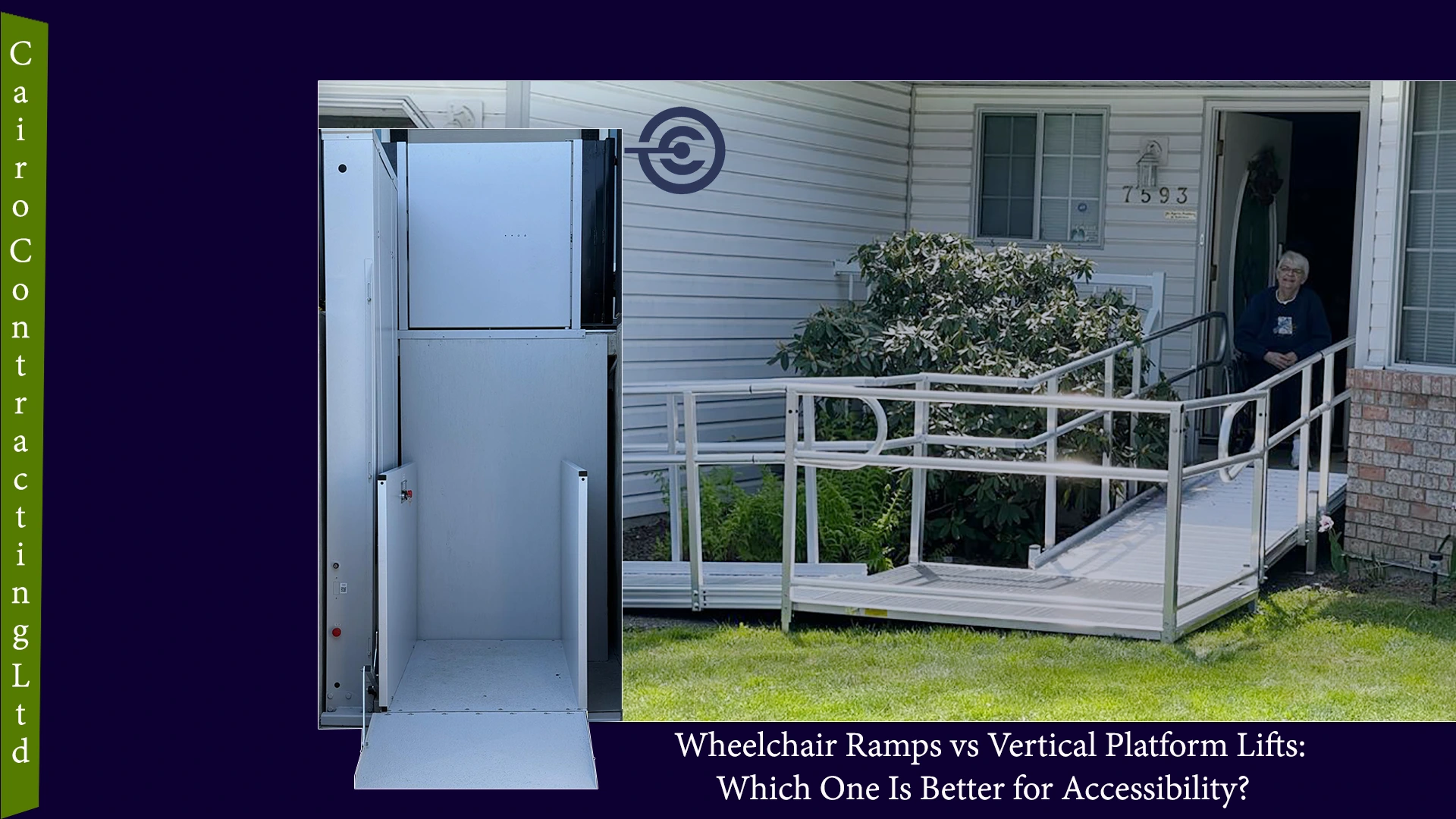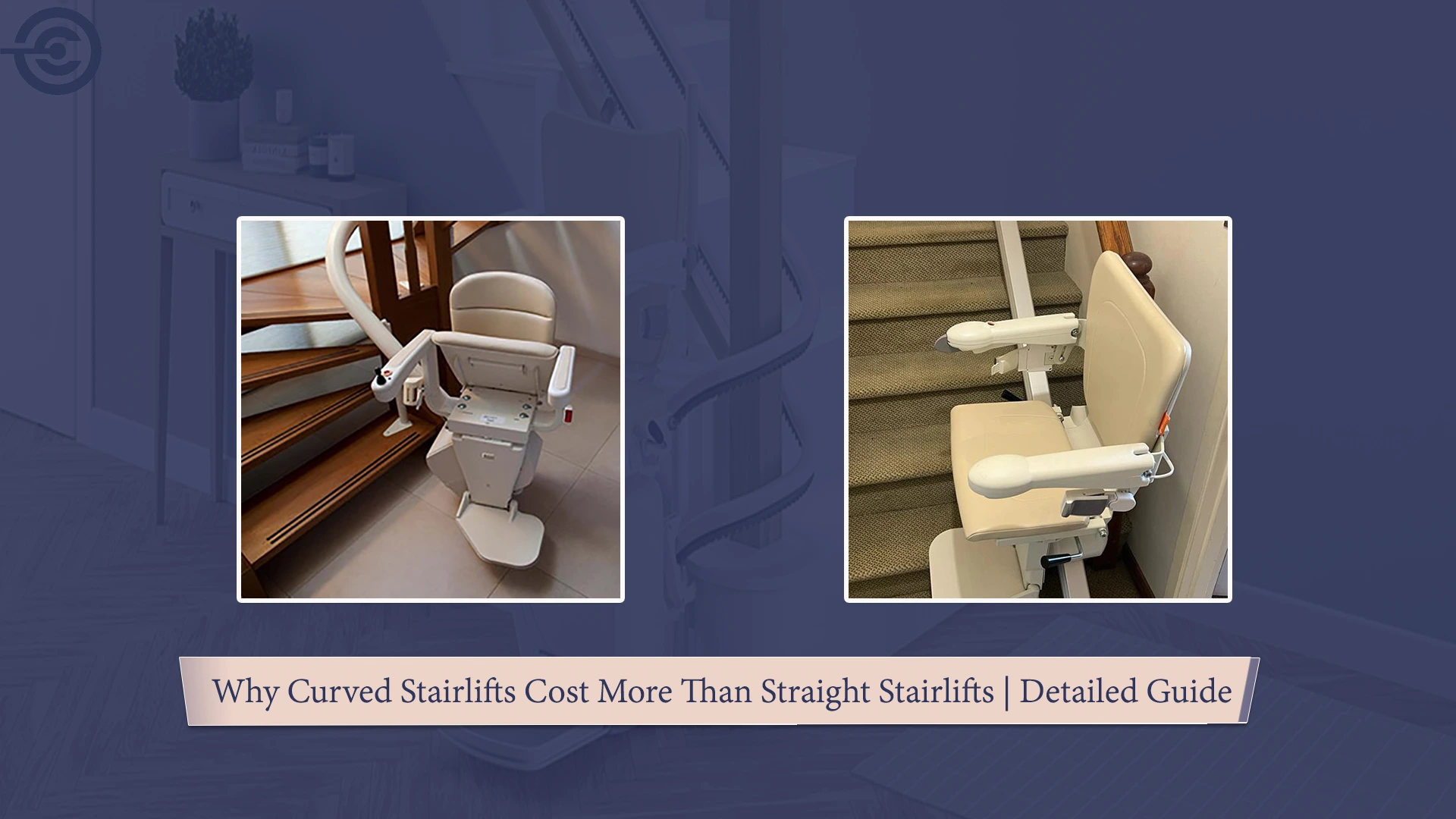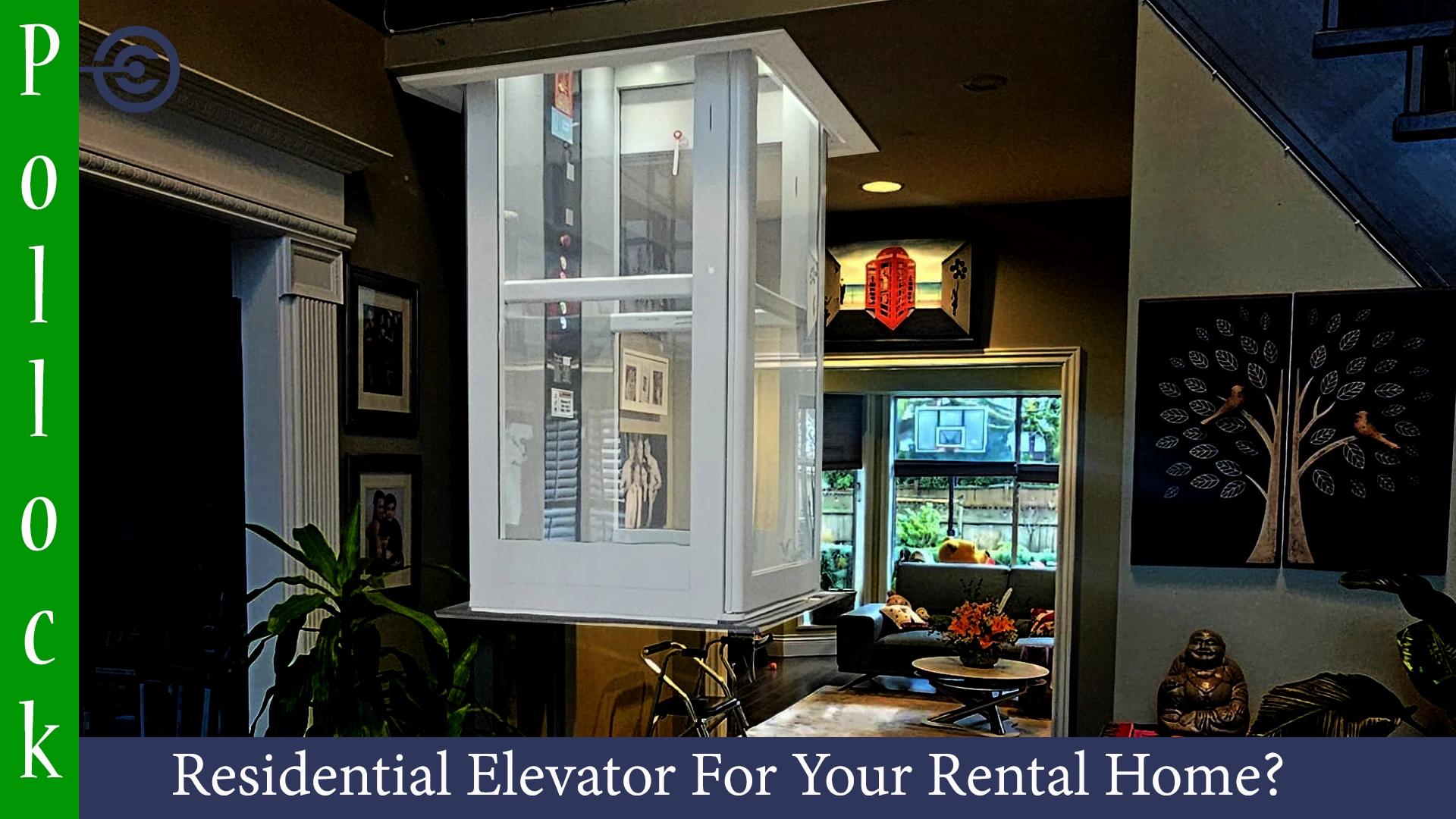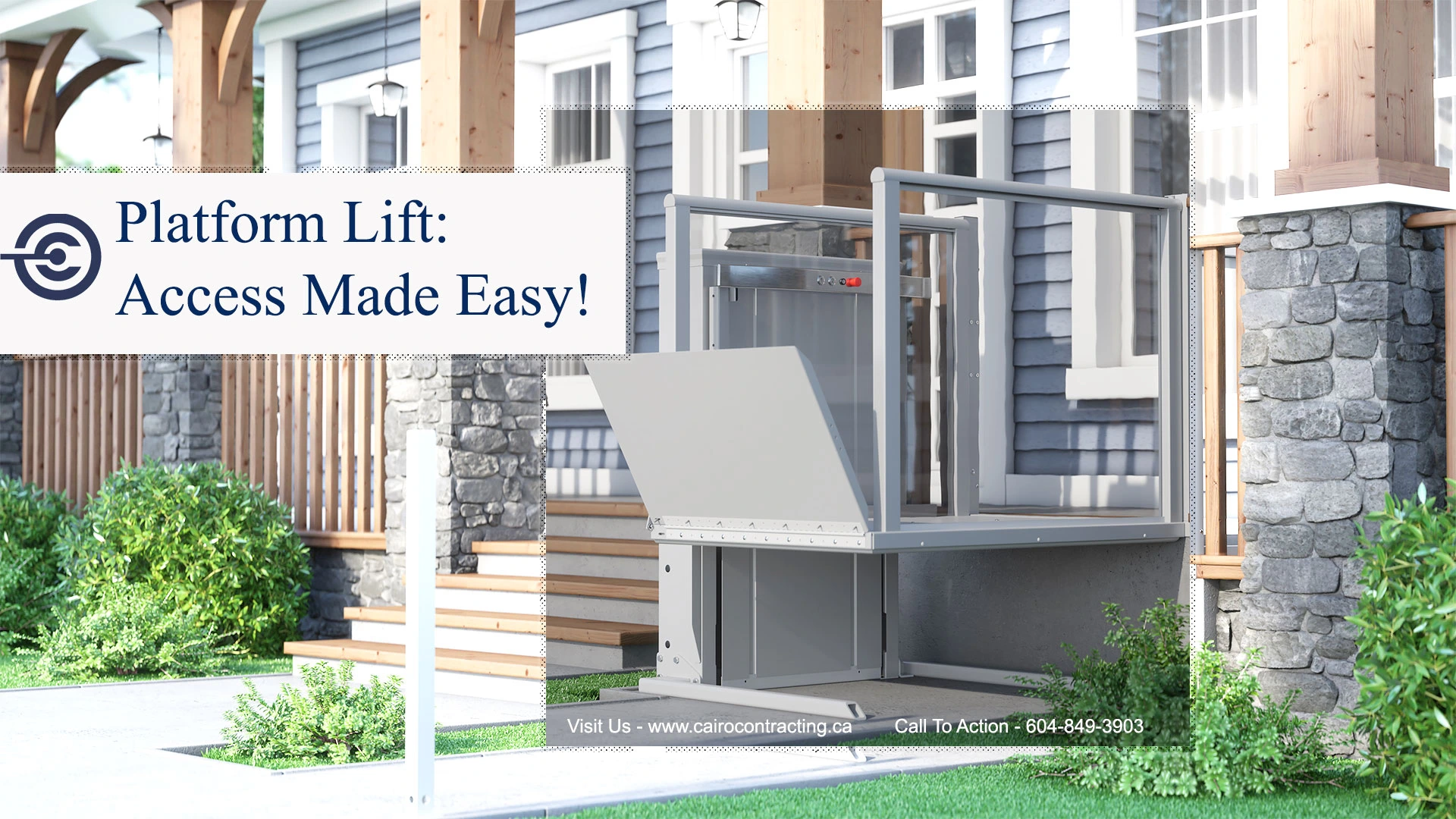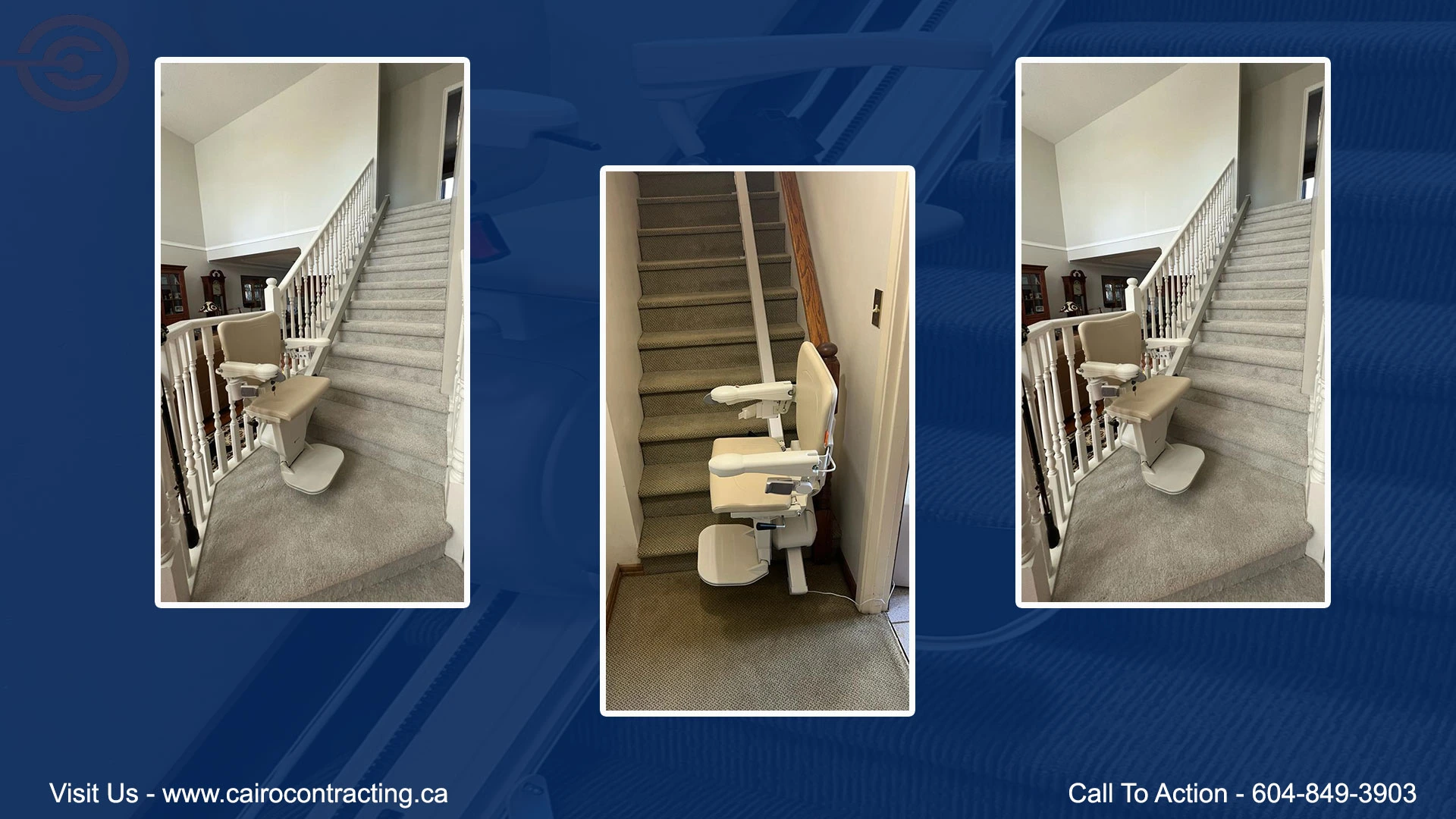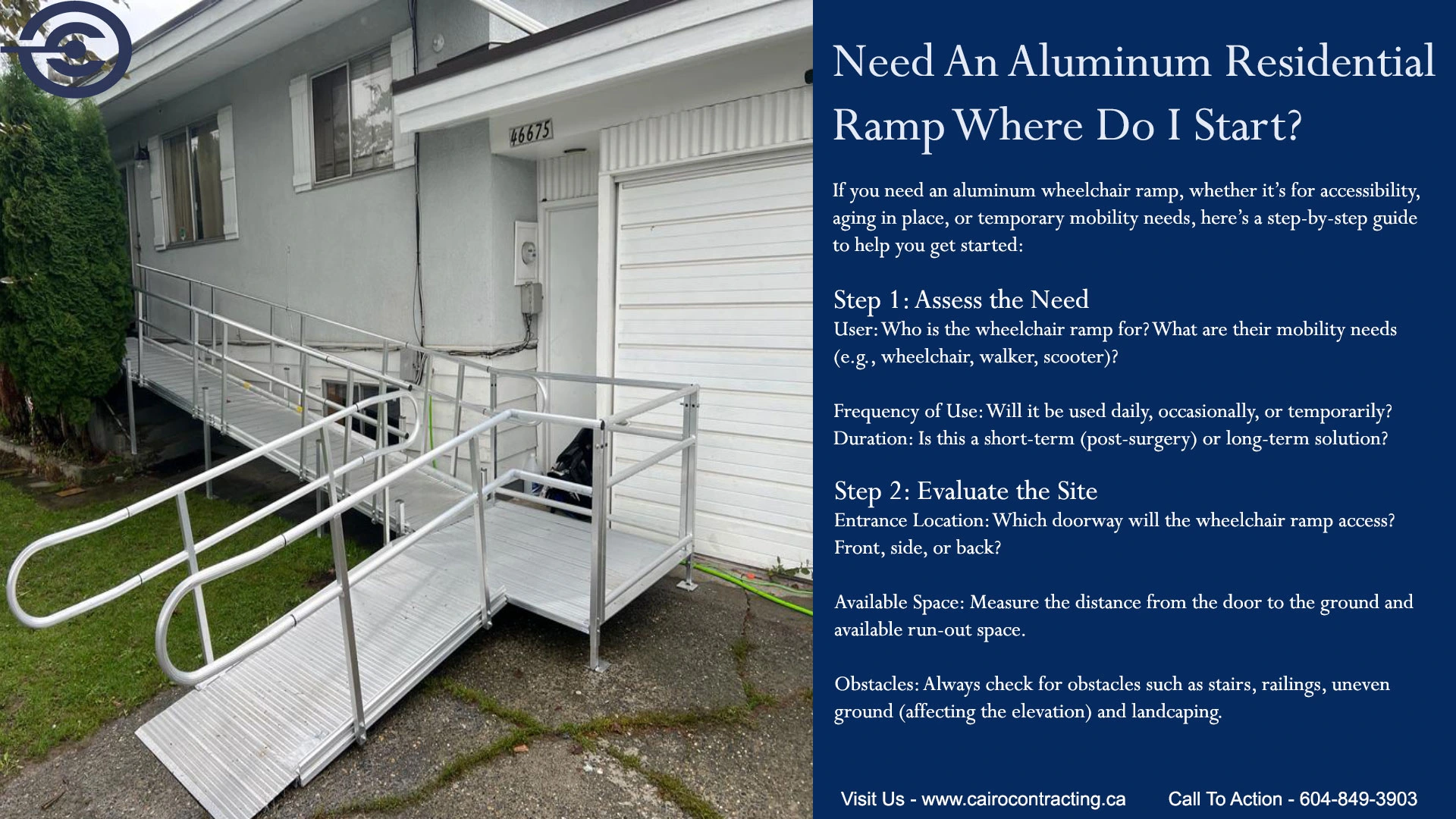As accessibility becomes a growing priority for homeowners in Vancouver, choosing the right accessibility solution is essential for maintaining independence and comfort. Whether you’re planning ahead for aging in place or responding to a current mobility challenge, both stair lifts and home elevators offer valuable solutions—but which is the best fit for your home and lifestyle?

At Cairo Contracting, we specialize in helping homeowners find the perfect accessibility upgrade, including Stairlifts and Pollock Residential Elevators, to meet their unique needs.
Understanding the Basics
Stair Lifts
A stair lift is a mechanical chair that glides along a rail mounted to your staircase. It’s typically installed quickly and is an ideal solution for individuals who need help navigating stairs but don’t require full vertical transportation within the home.
Pros:
- Fast installation (usually within a day)
- Cost-effective
- No major renovations required
- Suitable for straight or curved staircases
Cons:
- Only helps with stair access
- Not suitable for wheelchair users
- Can be visually intrusive
Home Elevators
A residential elevator, including shaftless elevator models like the Pollock Residential Elevator, offers a more comprehensive accessibility solution. These elevators can travel between floors and accommodate wheelchairs or walking aids.
Pros:
- Full vertical mobility throughout the home
- Adds long-term value to your property
- Elegant, modern design options
- Shaftless models require minimal space and construction
Cons:
- Higher initial investment
- Longer installation time
- May require electrical or structural modifications
Factors to Consider
1. Mobility Needs
If you or a loved one uses a wheelchair or has significant mobility limitations, a home elevator is usually the better option. For individuals who can still walk short distances, a stair lift may be sufficient.
2. Home Layout
For multi-story homes with narrow or curved staircases, a shaftless elevator might be a smarter fit than retrofitting a complex stairlift system.
3. Budget
Stair lifts are typically less expensive upfront. However, for those looking for a long-term solution or planning for future accessibility, investing in a residential elevator can be more cost-effective over time.
4. Aesthetics & Property Value
A Pollock Residential Elevator can enhance your home’s design and even increase its market value, especially in Vancouver’s competitive real estate market.
Why Choose Cairo Contracting?
Based in Vancouver, Cairo Contracting offers personalized, high-quality accessibility solutions designed to fit your home and lifestyle. We provide professional installation and support for both Stairlifts and home elevators, including Pollock’s innovative shaftless elevator models.
Our team of professionals are committed to recommending you with the best available and cost-effective accessibility solution to ensure your safety, comfort and independence in and around your home.
Still Not Sure?
Let us help. Contact Cairo Contracting today to schedule a free home consultation and explore the best mobility and accessibility upgrades for your needs.
